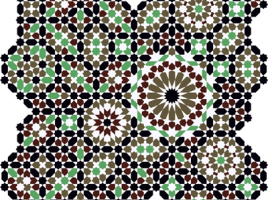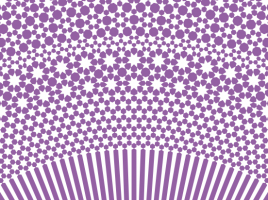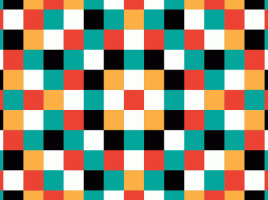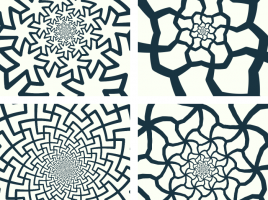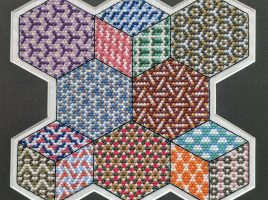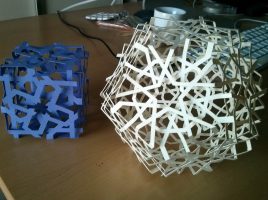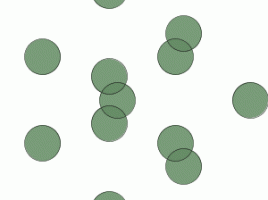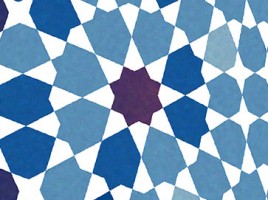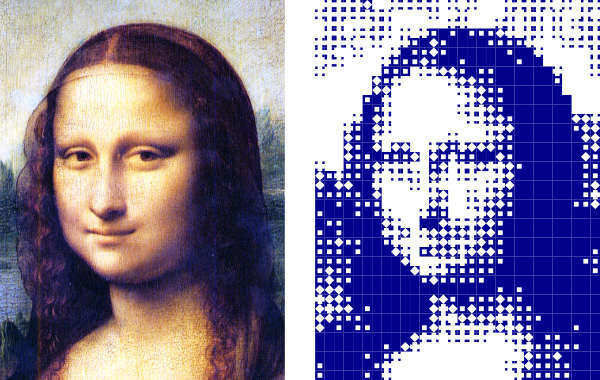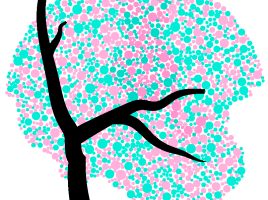
Dichromatic Steganography
I’ve always loved the Ishihara tests (pages printed with patterns of coloured dots, used to diagnose different forms of colour vision deficiency, or CVD). They’re beautiful works of graphic design. Years ago I bought a used copy of a complete set of tests, and framed some of them to hang …
